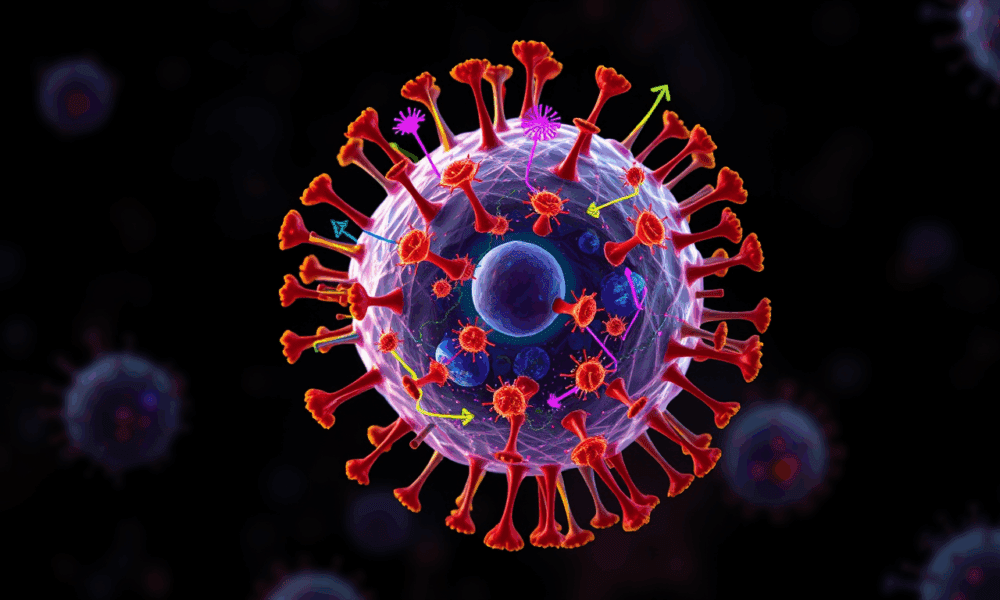
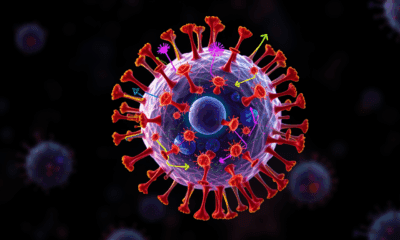

A team identified herpes virus saimiri, which infects the T cells of squirrel monkeys, as a source of proteins that activate pathways in T cells that...
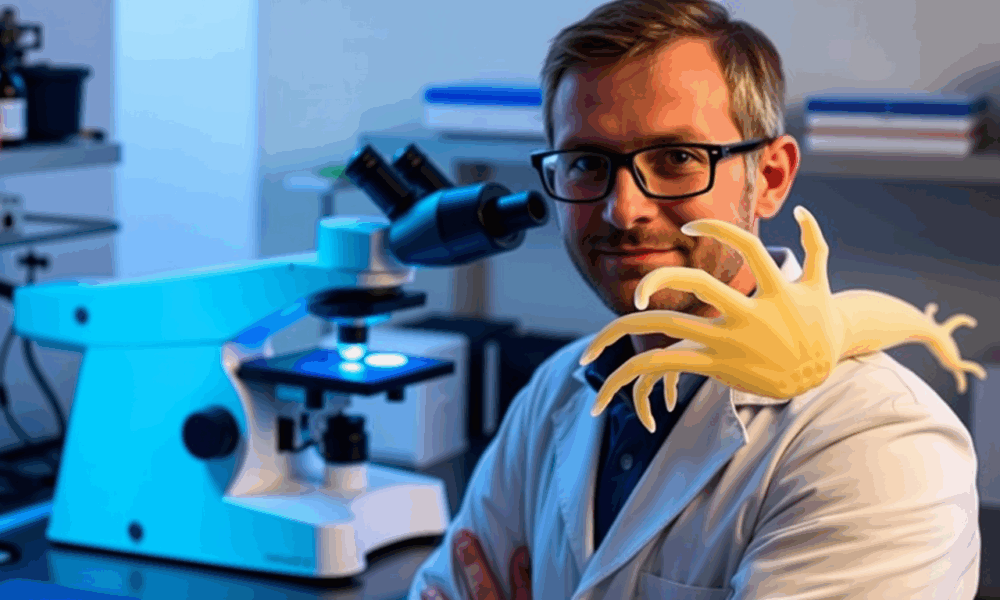
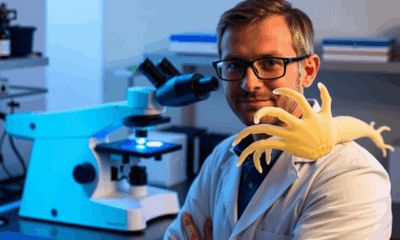

With its fascinating ability to regrow entire limbs and internal organs, the Mexican axolotl is the ideal model for studying regeneration. Scientists have now found a...
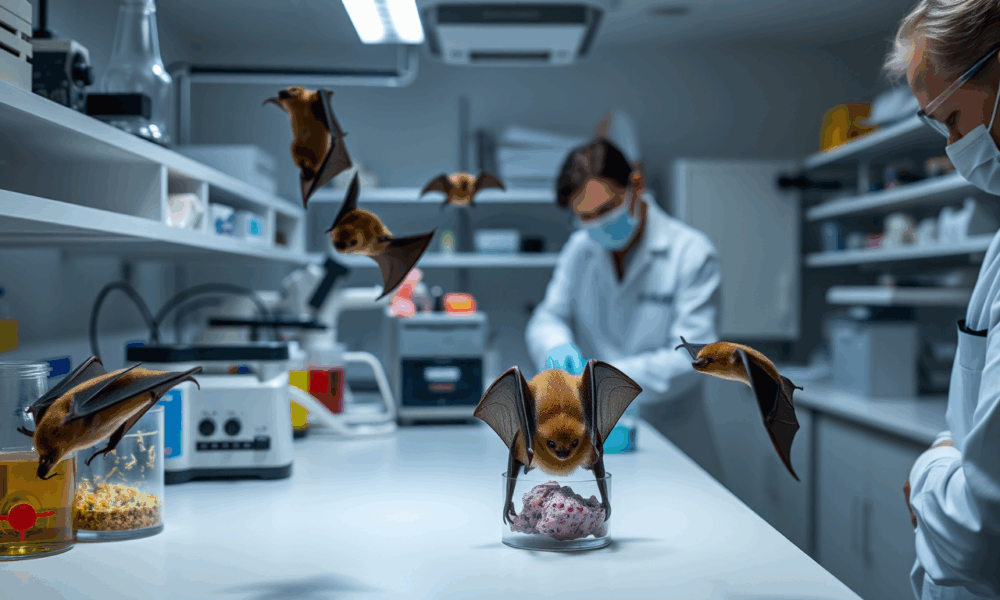
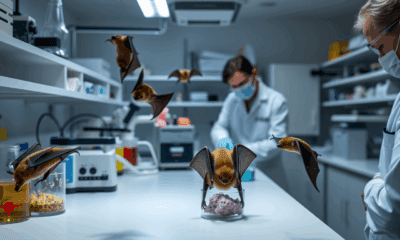

Bats are known as natural hosts for highly pathogenic viruses such as MERS- and SARS-related coronaviruses, as well as the Marburg and Nipah viruses. In contrast...



Higher maternal selenium levels during pregnancy were associated with a lower risk of streptococcal infections in children, suggesting a potential protective effect.
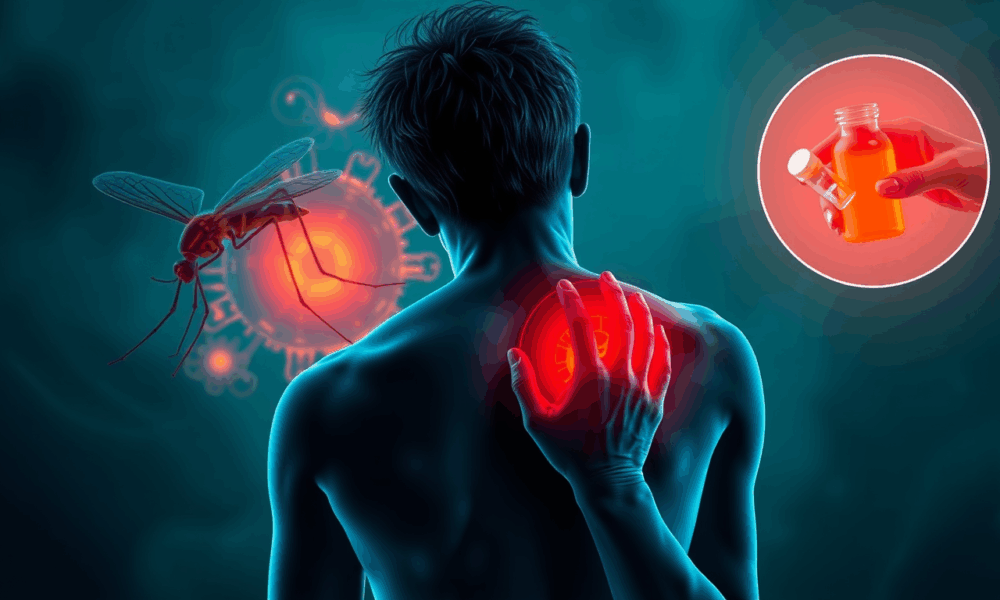
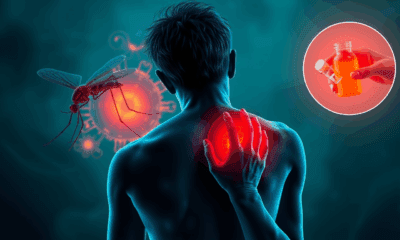

By studying Chikungunya virus, scientists shed light on how immune responses to viral infections may lead to persistent symptoms of autoimmune disease.

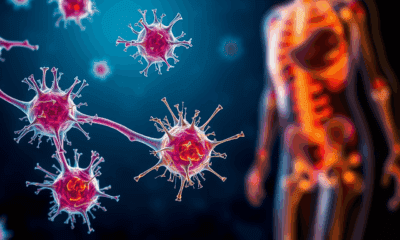

Fibroblasts play a central role in maintaining healthy tissue structures, as well as in the development and progression of diseases. For a long time, these specialized...
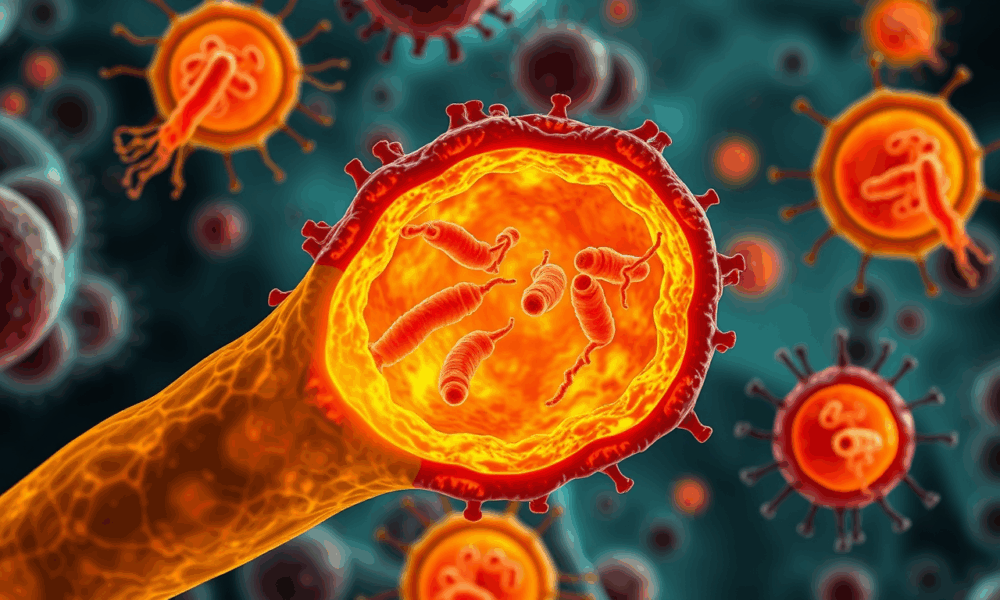
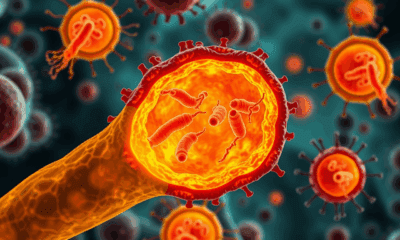

The body defends itself against pathogens by depriving them of vital iron. However, this strategy doesn't always succeed against Salmonella. Researchers have discovered that these bacteria...
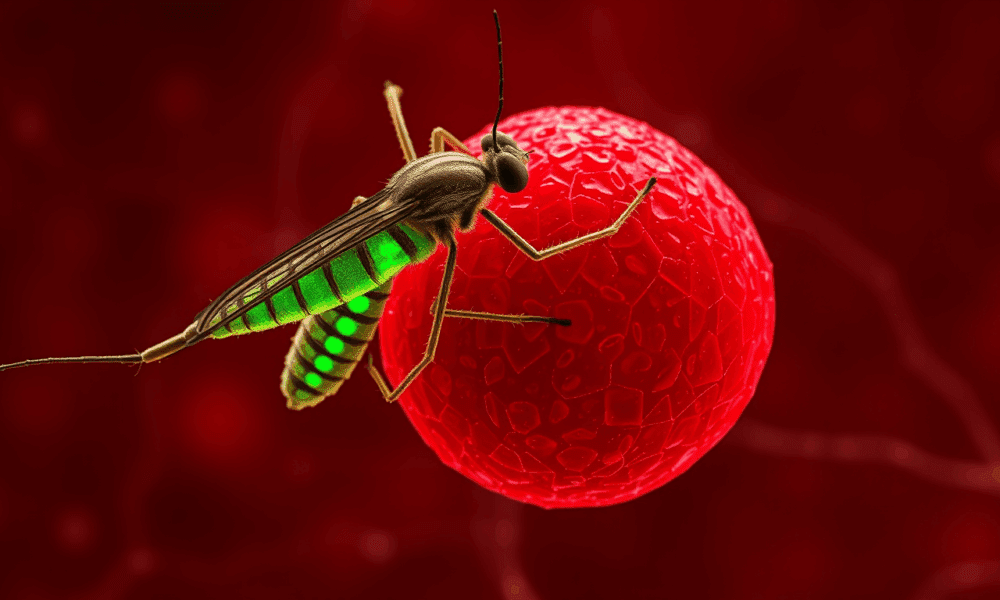
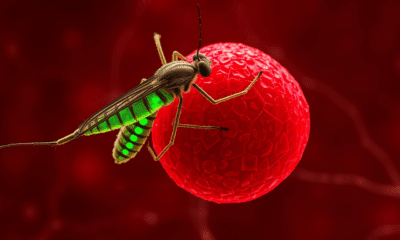

Researchers have discovered how a parasite that causes malaria when transmitted through a mosquito bite can hide from the body's immune system, sometimes for years. It...
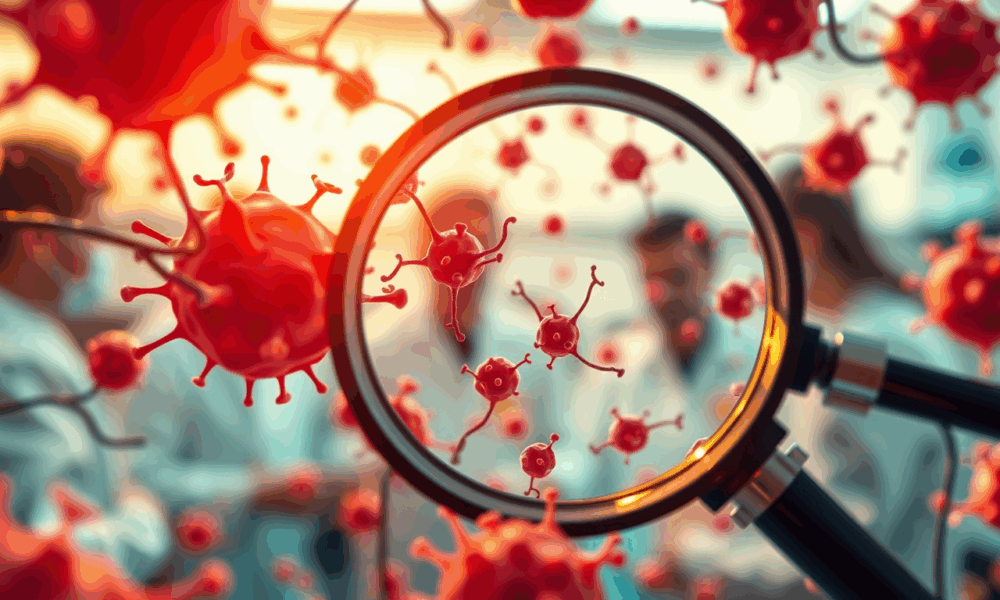
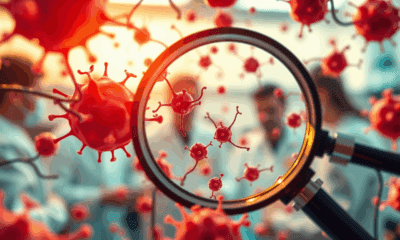

Researchers have developed a method to confidently produce blood cell precursors from stem cells in mice, by activating a set of seven key genes in the...
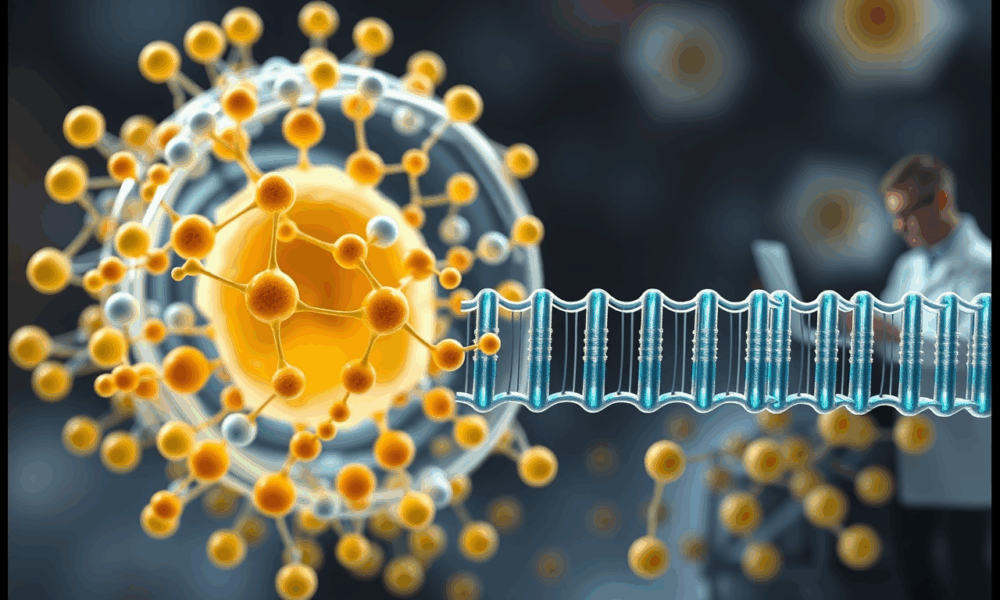
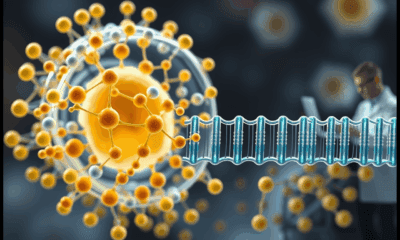

Sterols are among the most abundant lipids in eukaryotic cells, yet are synthesized through notoriously long, complex metabolic pathways. Researchers have used a novel approach to...